The story of UNO PORT INN
This building that Uno Port Inn is housed was originally built in 1983, Showa 58 in the Japanese calendar year, as Utsumi Ryokan. It was an accommodation which primarily served the men who came to work at a refinery of the Mitsubishi Material Company on the north side of Naoshima Island, or the Mitsui Shipyard in Tamano city. Many of whom stayed at Utsumi Ryokan were day laborers who had across the Seto Inland sea from Shikoku or Kyushu Islands.
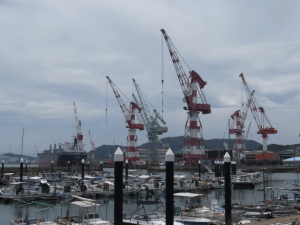
Mitsui Shipbuilding Co.
It was a typical Showa-era building with everything in Japanese size – the height of the doors, the size of the room, and they all shared merely one mid-size bathroom, like a mini-Sento (coin public bath). The upper floor was a living quarter for the family who would run the accommodation. The daily breakfast & dinner were served at the cafeteria like a dormitory.
As the islands in the Seto-Inland Sea were utilized to serve as the factory sites for heavy metal producing industries, especially in the Japan’s rapid economic growth era, this small accommodation right by the port was much needed for many temp, single laborers.
Up until 1980’s, Uno Port was a key port to connect the mainland and Shikoku Island. The JR line continued over the inland sea, by ferries that carried passenger and cargo trains. Besides the JR line, other commercial ferries were departing every 2 minutes 24 hours a day to carry people, cars, trailers – night and day. It was a busy port.

80’s Uno Port
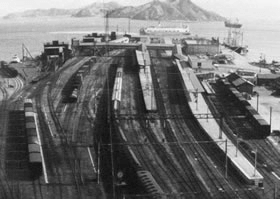
JR Uno Station Site
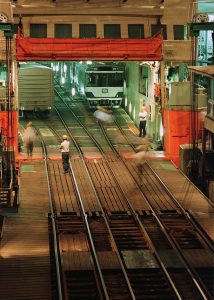
Yes, JR train-ferry
In 1988, right at the peak of Japan’s bubble economy, the construction of the Great Seto Bridge was completed in another town in Okayama. It was the very first bridge between the mainland and Shikoku Island. It was meant to replace the Uno-Takamatsu ocean route — partly because of the tragedy of sunken Shiun-Maru incident in 1955.
The nationally renowned Uno-Takamatsu JR ferry line was abolished. The main Japan Railroad line route to Shikoku island was curbed toward the bridge; thus the once-sleepy Chayamachi Station became an active transferring station. Uno Station was to be abolished too… well, almost. But, it survived as an emergency backup in case the bridge had a trouble.
The former Uno Station site, which was a large facility carrying rows of tracks to accommodate a number of cargo trains, was not in need anymore and was sold to the city. The city then came up with a plan for an amusement theme park — remember Japan’s bubble economy era in the 80’s? — a Spanish Village.
Everybody was serious and excited, city officials, business owners, and the town people. But the plan failed, after spending billions of yen’s and for many years of planning, because…. another city in Japan did it first.
Thus, the most area of the ex-Uno Station site was left untouched for the past three decades. In the meantime, the sales of the Mitsui Shipbuilding Company had declined rapidly. About 20,000 or more people had left from the city (the peak was around 78,000 people in 1975). The town shrank, only the old and small remained.
The Benesse Corporation was originally an educational publishing company based in Okayama. In the late 80’s, they first came in to Naoshima island with creating a camping site, brought a number of Mongolian tents (That’s right. That “Yurt” at Tsutsuji-So that you have checked). That didn’t go well apparently. They then built the Benesse House Museum/Hotel with Tadao Ando in 1992. They started the Art House Project in 1998, added Chichu Museum in 2004, I Love YU in 2009, and Lee Ufan Museum in 2010. They also started developing other islands – Inujima’s Seirensho (an old refinery factory turned into a museum) opened in 2008, and Teshima Art Museum in 2010.
When the First Setouchi Triennale was held in 2010, Takamatsu was selected as the official terminal port for the festival. But many people had discovered Uno Port as the closest connection to Naoshima and Teshima island. Many artists have moved in to Uno from other cities in Japan. International art travelers (like you!) found that it’s convenient to travel through Uno. After the Great Tohoku Earthquake in 2011, many people from Fukushima and other Eastern areas of Japan, especially young families with small children, have also moved in to Uno (some work here in our kitchen!). The town is changing.
The Utsumi Ryokan was sold, and the building was used as a guesthouse for young Japanese travelers and new town residents until the end of December 2015. In January, 2016, Uno Port Inn’s renovation began-.
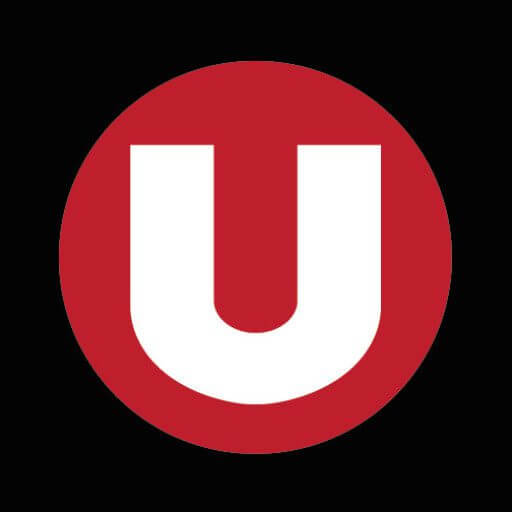
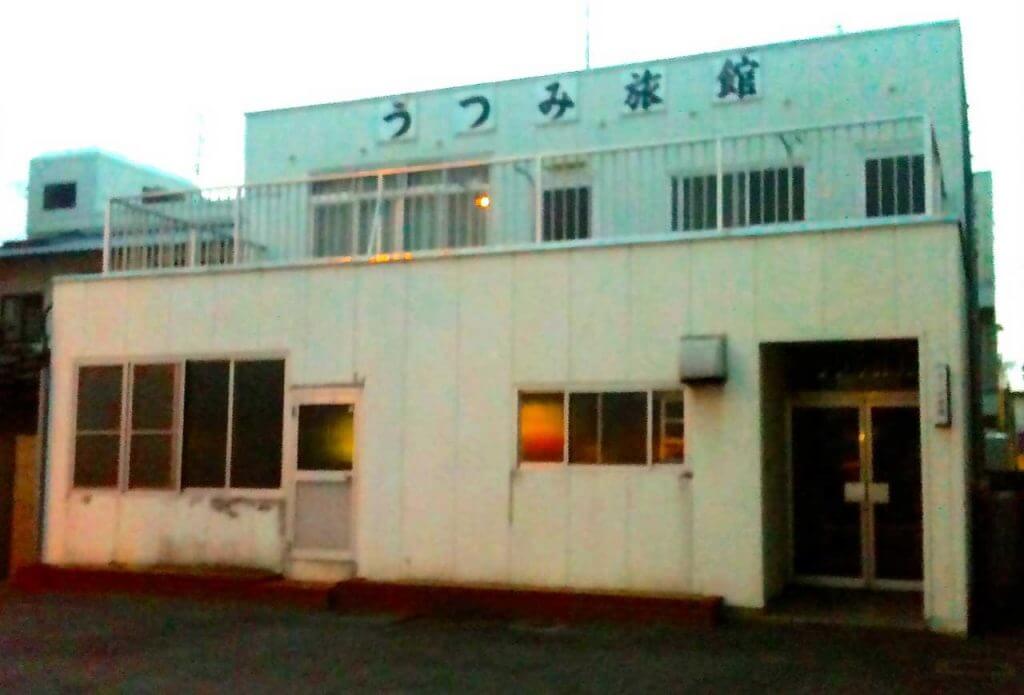
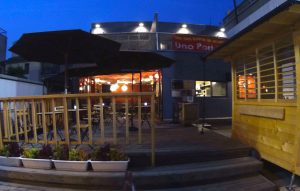
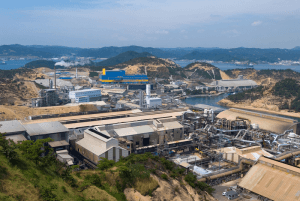

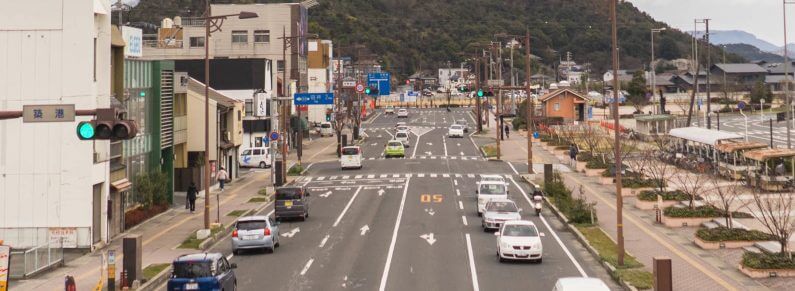
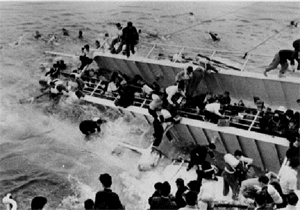
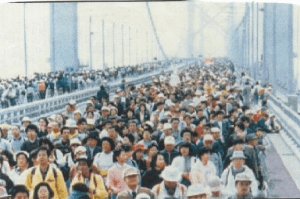
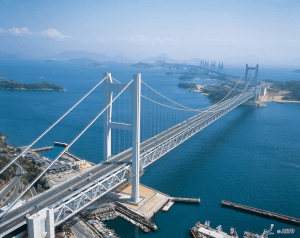
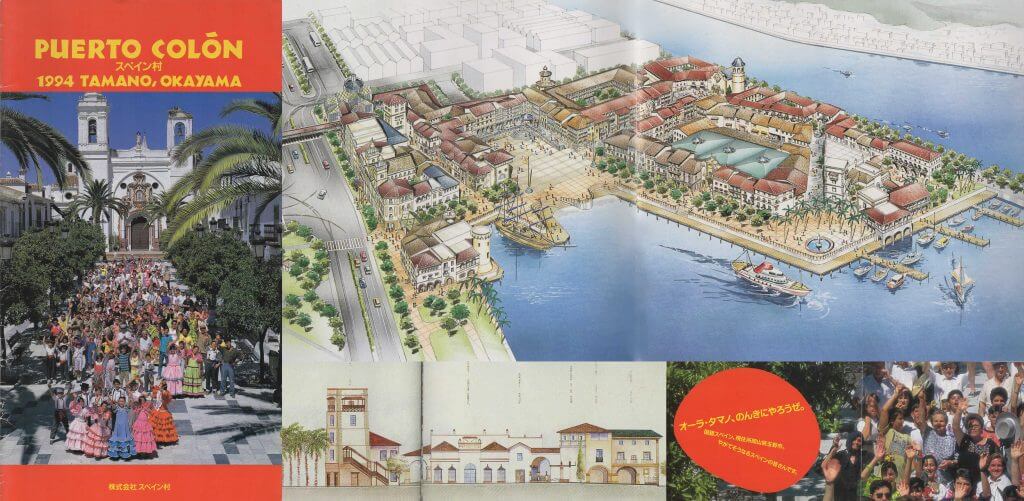
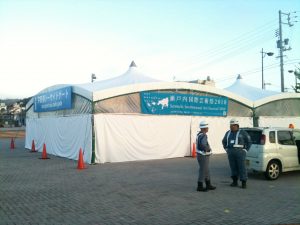
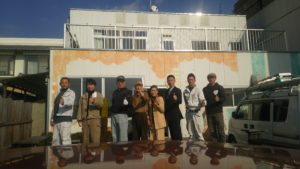
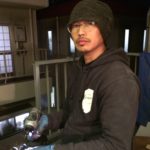
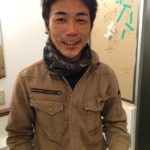
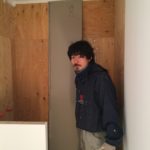
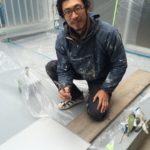
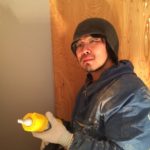
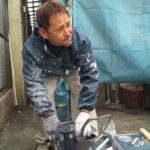
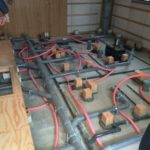

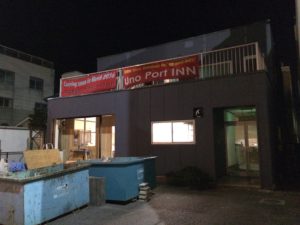

 日本語
日本語